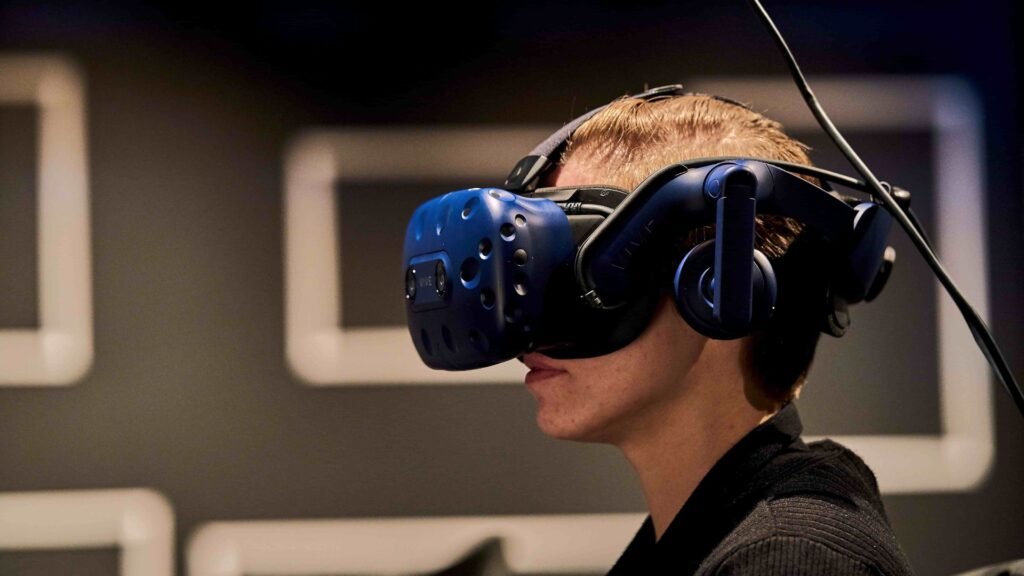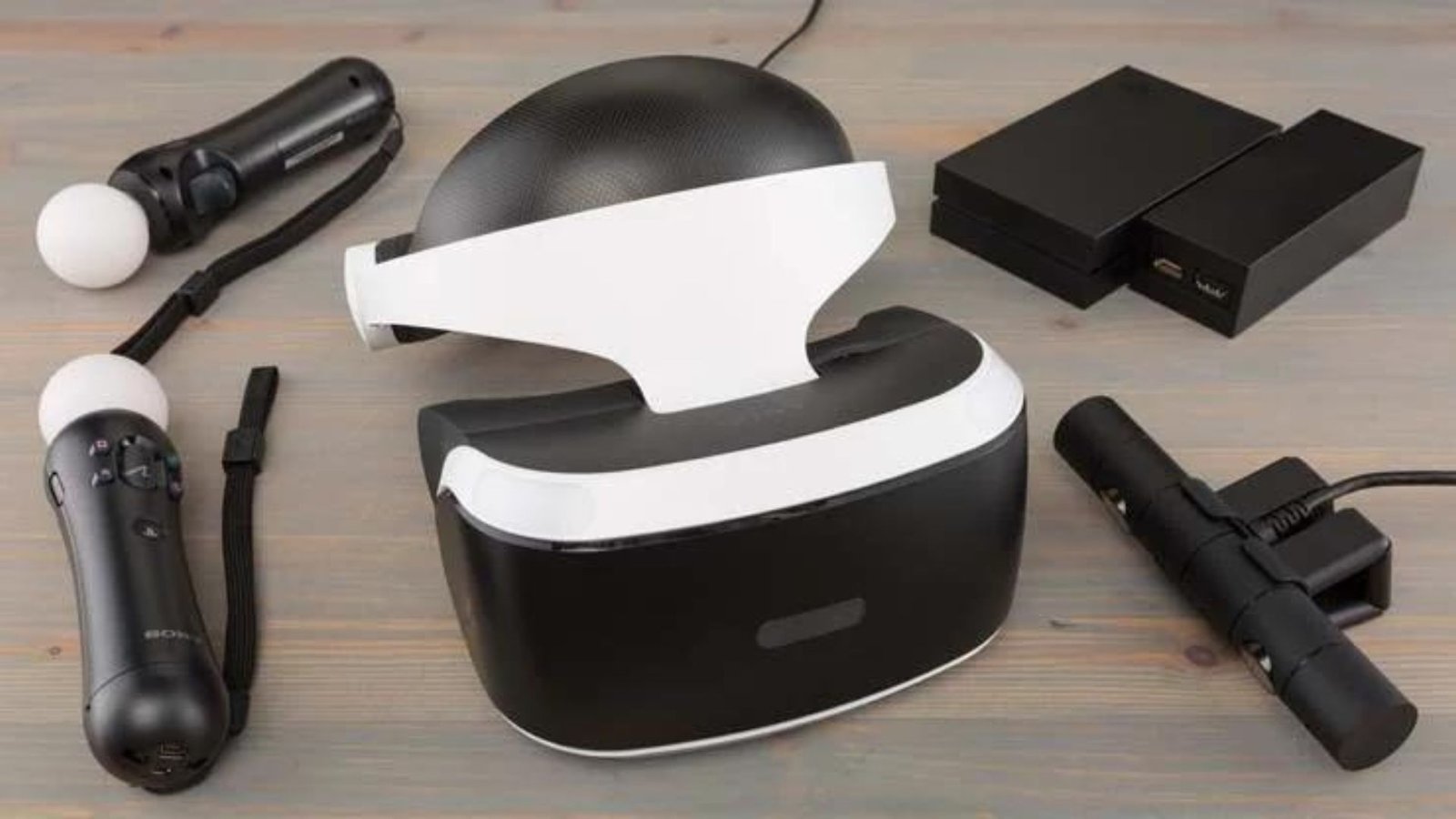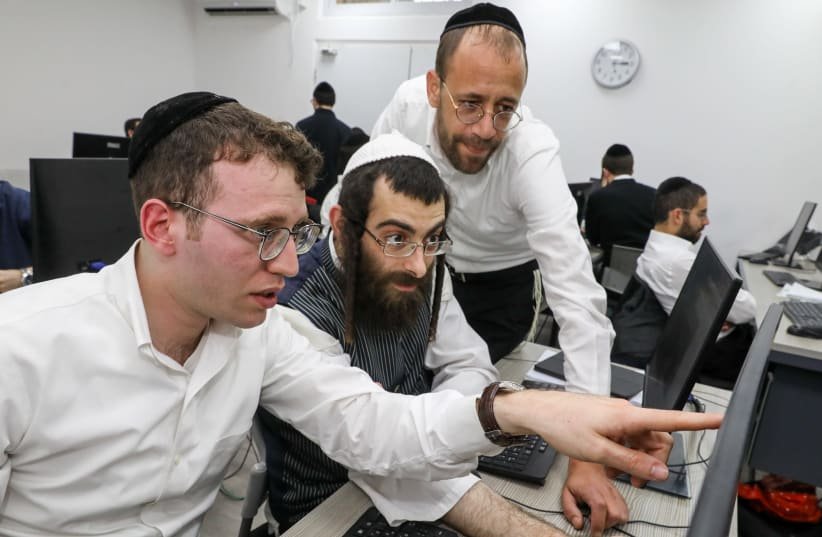Virtual Reality (VR) is revolutionizing how we experience and explore cultures, offering immersive and interactive ways to engage with historical and cultural content. For Jewish communities and enthusiasts, VR provides a unique opportunity to delve into Jewish history, traditions, and heritage in a way that was previously unimaginable. This blog post explores how VR is being used to explore Jewish culture, highlighting innovative applications, immersive experiences, and the impact of this technology on cultural preservation and education.

Immersive Historical Experiences
Virtual Tours of Historical Sites
Exploring Ancient Locations: VR allows users to take virtual tours of significant Jewish historical sites and landmarks. These immersive experiences can transport users to locations such as ancient Jerusalem, historic synagogues, and Holocaust memorials.
Examples: Platforms like Google Arts & Culture offer virtual tours of Jewish historical sites, including the Western Wall and Auschwitz-Birkenau. These VR tours provide a detailed and engaging way to explore historical locations and understand their significance.
Reconstructing Historical Events
Experiencing Historical Moments: VR can reconstruct pivotal historical events, offering users an immersive way to understand and experience key moments in Jewish history. These experiences can include events such as the destruction of the Second Temple or the aftermath of the Holocaust.
Examples: Projects like “The Jewish Museum’s VR Experience” provide users with a virtual reenactment of historical events, allowing them to engage with history in a dynamic and interactive manner.
Interactive Cultural Traditions
Virtual Participation in Rituals
Engaging with Traditions: VR enables users to participate in Jewish rituals and celebrations virtually. This can include interactive experiences of Shabbat dinners, Passover Seders, and other cultural practices.
Examples: VR experiences can simulate the setting of a traditional Seder plate, allowing users to interact with the various items and learn about their significance. This immersive approach helps users understand and appreciate the rituals involved.
Educational Simulations
Learning through Immersion: VR provides interactive educational tools that allow users to engage with Jewish texts, traditions, and practices. These simulations can offer hands-on learning experiences and detailed explanations of cultural practices.
Examples: Educational VR apps can simulate the process of reading and interpreting Torah scrolls or the construction of a sukkah for Sukkot. These tools offer a deeper understanding of Jewish traditions and practices through immersive learning.
Preserving Cultural Heritage
Virtual Museums and Exhibitions
Showcasing Art and Artifacts: VR technology is used to create virtual museums and exhibitions that showcase Jewish art, artifacts, and historical documents. These virtual exhibits offer global access to cultural treasures that might otherwise be difficult to visit.
Examples: The YIVO Institute for Jewish Research and the Museum of Jewish Heritage offer virtual exhibitions that allow users to explore Jewish art and cultural artifacts. These virtual museums provide an opportunity to view and learn about significant pieces of Jewish heritage.
Digitizing Historical Records
Archiving Cultural Materials: VR can be used to digitize and present historical records and documents in an interactive format. This helps preserve and make accessible important Jewish texts and historical records.
Examples: Digital archives like the Jewish Virtual Library use VR to present historical documents and records in a way that allows users to interact with and explore these materials in detail.
Enhancing Community Engagement
Virtual Community Spaces
Connecting Virtually: VR creates virtual community spaces where Jewish individuals can gather, socialize, and participate in communal activities. These spaces can host virtual events, celebrations, and educational programs.
Examples: Virtual synagogues and community centers can offer spaces for prayer, study, and social interaction, allowing members to engage with their community even when physically distant.
Global Collaboration
Fostering Global Connections: VR facilitates global collaboration and interaction among Jewish communities. It allows people from different regions to connect and share experiences in a virtual setting, promoting a sense of unity and global belonging.
Examples: Virtual conferences and forums can bring together Jewish scholars, leaders, and community members from around the world to discuss cultural and religious topics, fostering global dialogue and cooperation.
Challenges and Considerations
Technological Accessibility
Ensuring Accessibility: While VR offers exciting possibilities, ensuring that all community members have access to this technology is essential. Considerations include the availability of VR equipment and the level of digital literacy required.
Solutions: Providing access to VR equipment through community programs and offering user-friendly interfaces can help make VR experiences more accessible to a broader audience.
Balancing Virtual and Physical Engagement
Maintaining Personal Connections: While VR enhances cultural exploration, balancing virtual experiences with physical engagement is important for maintaining personal connections and traditional practices.
Approaches: Combining VR experiences with in-person activities can create a balanced approach to cultural engagement, ensuring that virtual tools complement rather than replace physical interactions.
Conclusion
Virtual Reality is transforming how we explore and engage with Jewish culture, offering immersive and interactive experiences that bring history, traditions, and heritage to life. From virtual tours of historical sites to interactive cultural simulations, VR provides innovative ways to experience and preserve Jewish culture. While there are challenges to address, such as accessibility and balancing virtual and physical engagement, the potential of VR to enhance cultural education and community connection is significant. As technology continues to evolve, VR will likely play an increasingly important role in exploring and preserving Jewish culture for future generations.




